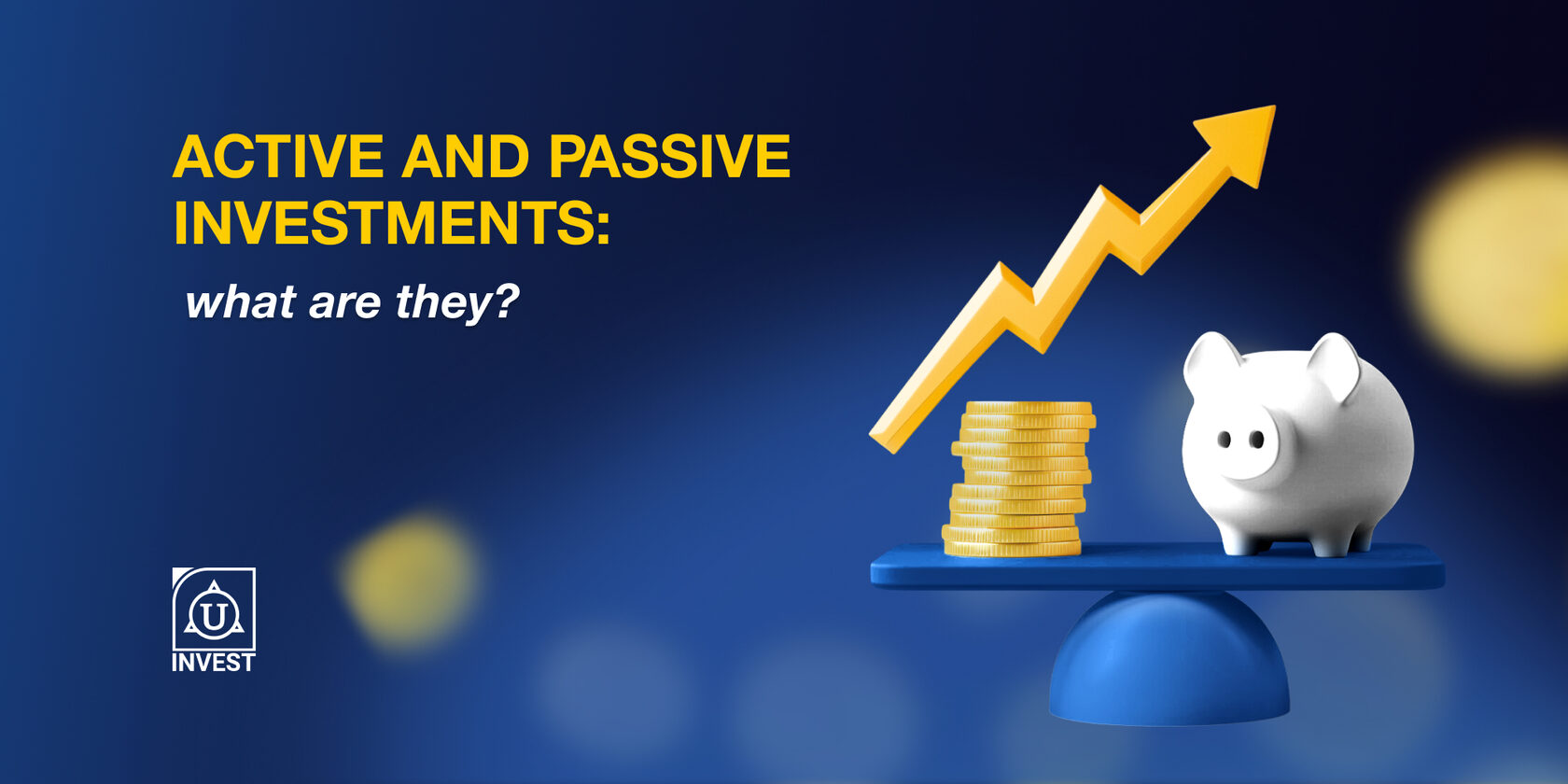Investing can sometimes feel like navigating a maze, especially when faced with the dilemma of choosing between active and passive strategies. Understanding the differences between these two approaches is crucial for making informed decisions that align with your financial goals.
Not all investors use the same strategies, and your approach may depend on your financial goals and level of expertise.
For many, passive investing is the preferred route. This strategy aims to match the returns of an index or overall market, steadily building wealth over the long term. It typically comes with low fees and relatively low risk, making it an attractive option for individual investors, especially beginners.
On the other hand, more advanced or risk-tolerant investors may prefer active investing. Active investing seeks to outperform the market by capitalizing on short-term fluctuations or identifying securities that can exceed average returns.
Let’s explore in more detail the differences between active and passive investments, which will provide you with the insights needed to navigate the decision-making process and select the approach that aligns best with your financial objectives.
WHAT IS ACTIVE INVESTING?
Active investing refers to an investment strategy where investors or fund managers aim to outperform the market by making deliberate decisions to buy and sell securities. This hands-on approach typically involves extensive research, analysis, and frequent adjustments to a portfolio in an attempt to generate higher returns than the overall market.
Market performance is often measured by a market index, like the S&P 500, which tracks the performance of large US companies. Active investors strive to surpass the returns of one or more indices by leveraging their expertise in selecting individual securities.
There are two main types of active investors: individual and institutional.
·Individual active investors choose their own stocks, bonds, or other securities, hoping to beat the market.
·Institutional active investors, such as hedge funds, mutual funds, and actively managed ETFs, pool resources from multiple retail investors to manage larger funds with the same goal of achieving higher returns than the market.
Active investing is research-intensive, requiring investors to stay on top of market trends, economic data, and company performance. However, it tends to come with higher costs due to management fees and transaction costs associated with frequent trading. While it offers the potential for higher returns if the decisions are accurate and well-timed, it also involves higher risk, as the strategy often depends on market timing and stock picking, which can lead to losses if predictions are wrong.
WHAT IS PASSIVE INVESTING?

One of the most common passive strategies is a buy-and-hold approach. Rather than attempting to time the market or pick individual stocks, investors make regular investments or a lump sum investment, maintaining their portfolio over the long term. This strategy avoids the temptation to sell after a market rally or buy after a dip, recognizing that market timing is extremely challenging. By holding investments consistently, passive investors aim to benefit from the market’s long-term growth.
Characteristics of passive investing include lower costs, as it involves less buying and selling and doesn't require the in-depth research needed for active strategies. Passive investing also demands less time and effort since decisions are made once, and then the portfolio is largely left untouched. While the potential returns are generally in line with the market's performance and may be lower than active strategies, passive investing typically carries lower risk, as it focuses on diversification and smooths out short-term market fluctuations.
WHICH IS BETTER?
Both active and passive investing have their respective advantages and disadvantages. Therefore, the answer to which is better depends on the investor’s goals, risk tolerance, and preferences. Let's compare these two types of investments in 5 key points and highlight their differences more clearly.

1. Potential Returns:
Active: Potential for higher returns, but more difficult to achieve. Success depends on the skill of the investor or fund manager.
Passive: Typically offers steady, market-matching returns, but without the potential for exceptional performance.
2. Risk:
Active: Higher risk due to the attempts to outperform the market, which can backfire if decisions don’t pan out.
Passive: Generally lower risk due to diversification and alignment with the market’s long-term performance.
3. Cost:
Active: Higher fees due to the research, trading, and active management required.
Passive: Lower fees because of the automated, hands-off approach to managing investments.
4. Time and Effort:
Active: Requires more time for research, analysis, and decision-making.
Passive: Requires minimal ongoing effort; a "set and forget" strategy.
5. Tax Implications:
Active: more frequent trading can lead to higher capital gains taxes.
Passive: fewer transactions mean potentially fewer taxable events.

WHICH IS MORE PROFITABLE?
In the Short Term: Active investing can potentially offer higher returns, especially if the market is volatile and an investor is able to capitalize on trends.
In the Long Term: Passive investing often outperforms active investing due to its lower costs and the difficulty of consistently beating the market. Over time, the higher fees associated with active funds tend to reduce overall profits.
WHICH STRATEGY SHOULD TO CHOOSE?
The choice between active and passive investing comes down to your personal financial situation, risk tolerance, and investment goals. If you have the time and expertise (or you hire someone who does), and you’re willing to take on higher risk for the potential of higher returns, active investing might be a good fit for you. On the other hand, if you prefer a more hands-off approach, value consistency, and want to minimize fees, passive investing is likely the way to go.
Many investors combine both strategies in their portfolios. They use passive index funds for broad market exposure and also invest part of their money in actively managed funds to seek higher returns.
HOW TO INVEST?
Open a free brokerage account with Unibank Invest and start investing. The Unibank Invest app gives you access to the world’s largest stock exchanges, allowing you to purchase international investment instruments such as stocks, bonds, and ETFs.
To open a brokerage account, fill out the online application or call +374 43 004 382.
CONCLUSION
Active and passive investing each offer distinct benefits. Active investing seeks higher returns through careful market analysis but comes with higher costs and risks. Passive investing, on the other hand, offers a lower-cost, long-term approach by tracking market indexes, making it less risky and time-consuming.
The best strategy depends on your financial goals, risk tolerance, and investment preferences.
